Spring has arrived in southern Spain at last, albeit a bit later than normal.
Or has it?
 At the spring equinox, also called the vernal equinox, days and nights are approximately twelve hours long, with day-time length increasing and night-time length decreasing as the season progresses until the summer solstice.
At the spring equinox, also called the vernal equinox, days and nights are approximately twelve hours long, with day-time length increasing and night-time length decreasing as the season progresses until the summer solstice.
[Image courtesy of timeanddate.com]
The spring equinox is in March in the Northern Hemisphere.
Spring and "spring-time" refer to the season, and also to ideas of rebirth, rejuvenation, renewal, resurrection and regrowth.
Meteorological Spring
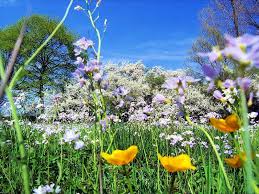 Meteorologists generally define four seasons in many climatic areas: spring, summer, autumn (fall), and winter. These are determined by the values of their average temperatures on a monthly basis, with each season lasting three calendar months.
Meteorologists generally define four seasons in many climatic areas: spring, summer, autumn (fall), and winter. These are determined by the values of their average temperatures on a monthly basis, with each season lasting three calendar months.
In the USA and Europe the spring months are March, April, and May.
Spring [Photo courtesy of Wikipedia]
In 2025 meteorological spring began on Saturday 1 March.
Astronomical and Solar Spring
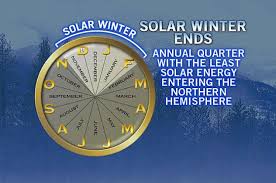 In the Northern Hemisphere, solar reckoning was traditionally used with the solstices and equinoxes representing the midpoints of each season, however, the astronomical vernal equinox (varying between 19 and 21 March) can be taken to mark the first day of spring with the summer solstice (around 21 June) marked as first day of summer.
In the Northern Hemisphere, solar reckoning was traditionally used with the solstices and equinoxes representing the midpoints of each season, however, the astronomical vernal equinox (varying between 19 and 21 March) can be taken to mark the first day of spring with the summer solstice (around 21 June) marked as first day of summer.
[Image courtesy of AccuWeather]
By solar reckoning, Spring is held to begin 1 February and last until the first day of Summer on May Day, with the summer and winter solstices being marked as Midsummer and Midwinter respectively, instead of as the beginning of the season as is the case with astronomical reckoning.
Springtime in Ronda
Since Monday of this week (24 March), the weather has been spring-like. There has been very little rain, although my garden is still waterlogged and water continues to rush down the hill, through my garden and onwards down to the river Guadalcobacin at the bottom of the valley.
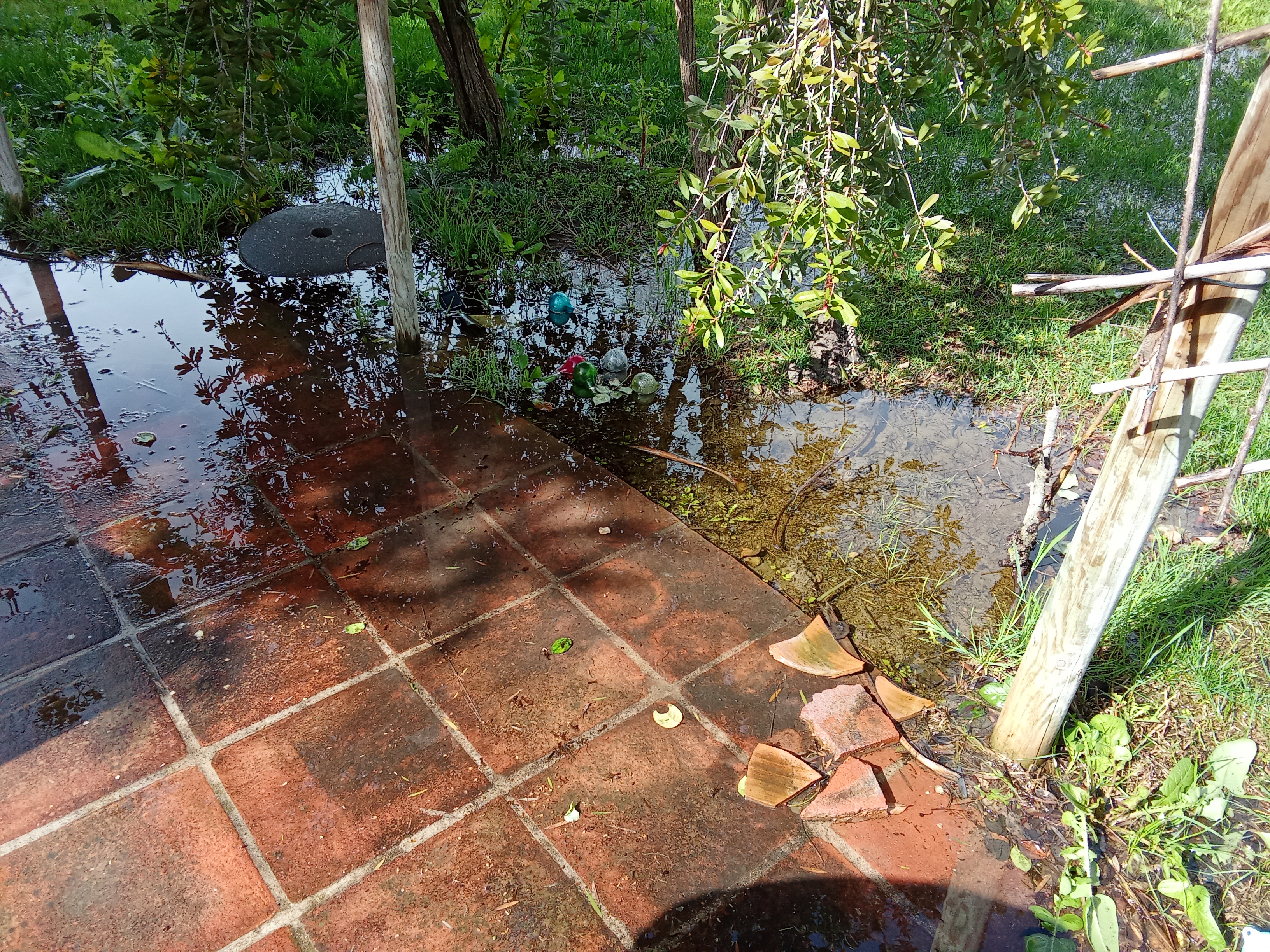
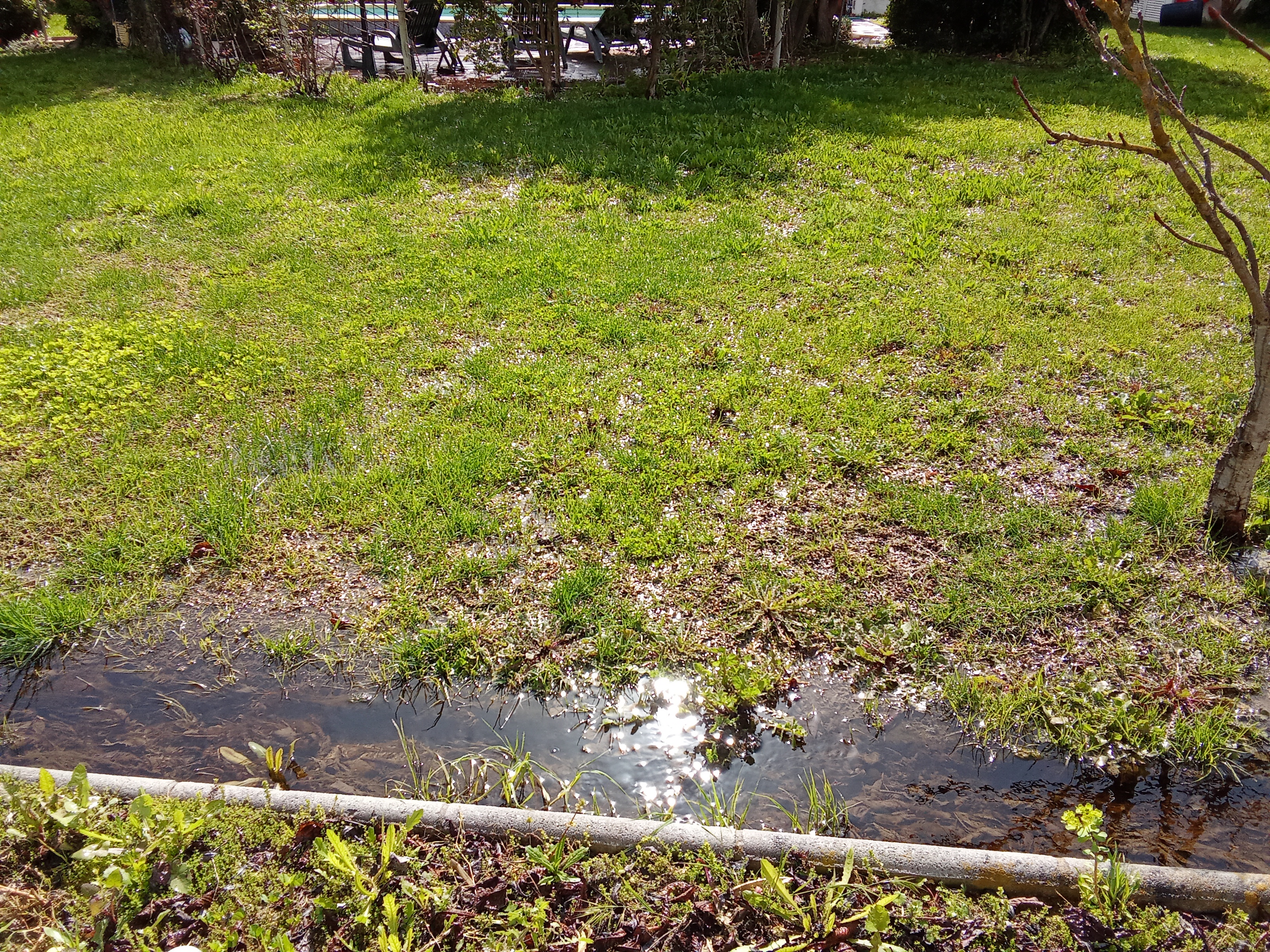
Our flooded garden [Photos: Paul Whitelock]
So, yesterday, Tuesday, I decided it was time to get some veg in the ground. It's a good time to plant seed potatoes and, surprisingly, lettuce.
At the garden centre I got half a sack (12 kilos) of potatoes for just over 1 euro per kilo and 20 lettuce seedlings (two different types - one red, one green) for 12 centimos each.
First job was to clear the weeds from my raised beds which had rocketed to a foot tall (30 centimetres) after all the rain.
The ground in my huerto was very wet so I didn't need to water anything in. I planted 30 seed potatoes and all the lettuce.
When it came to the planting I upgraded the soil with a mixture of my own home-made compost and a sack of commercial sustrato that was lying around.
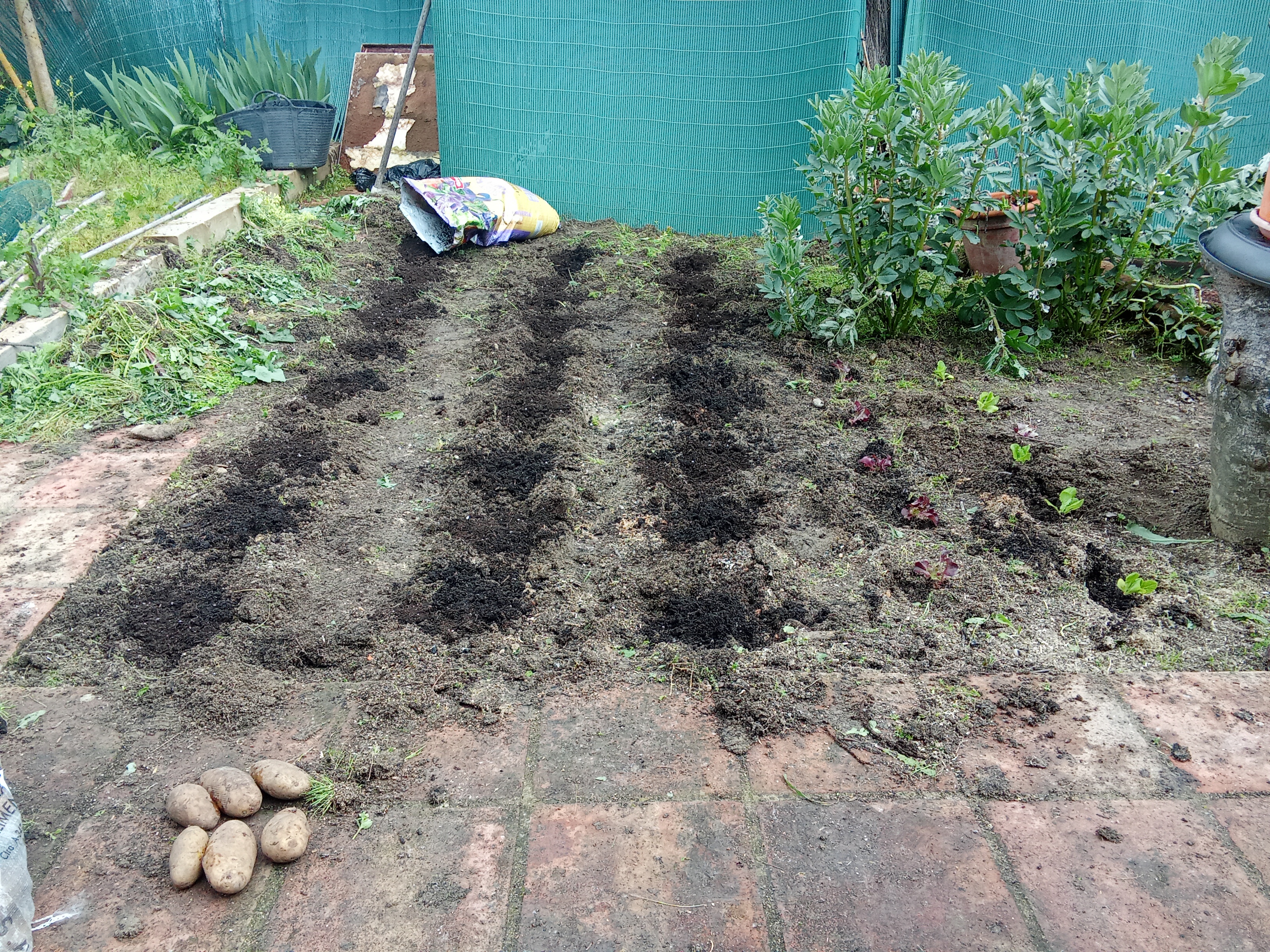
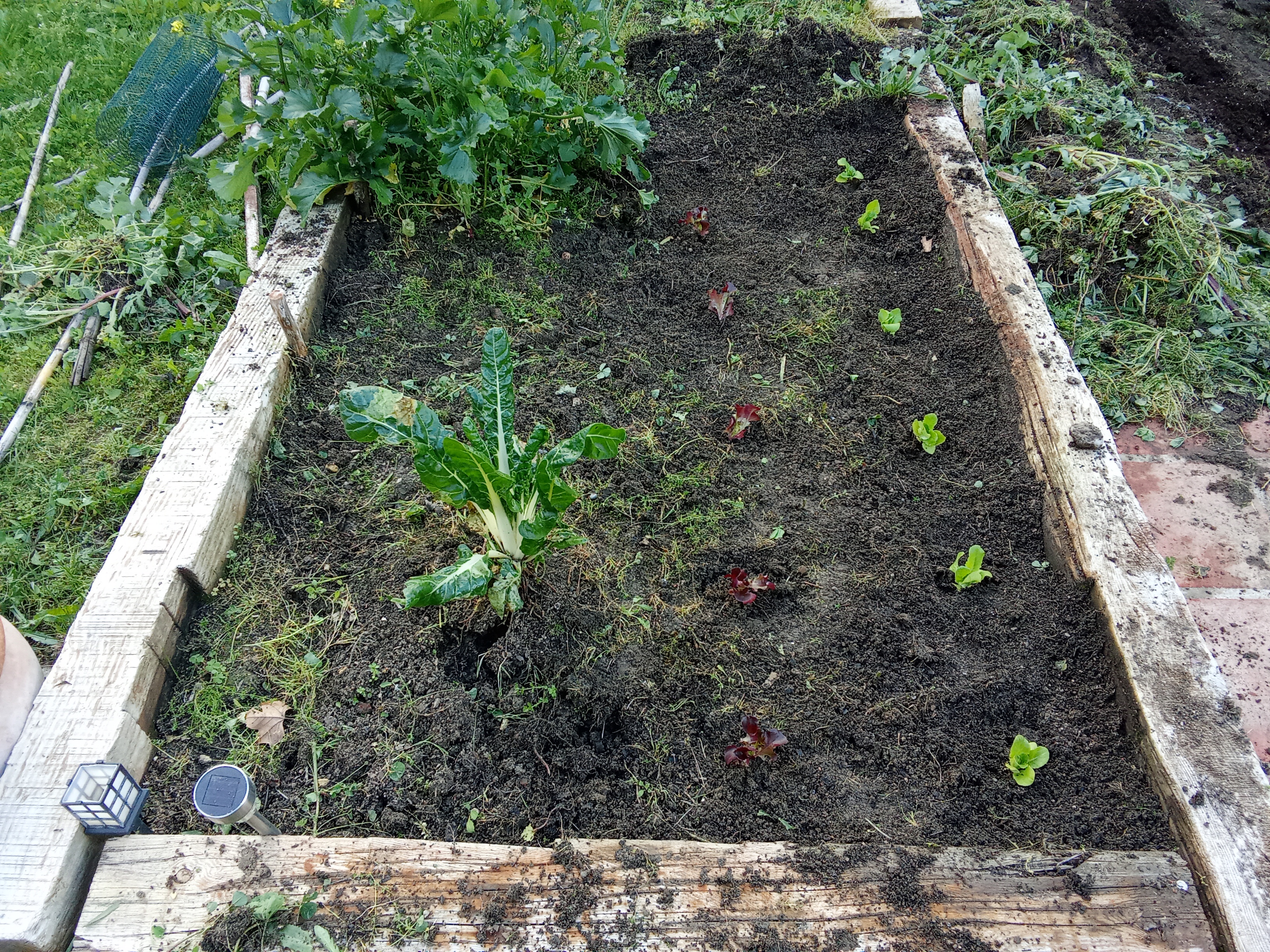
Freshly planted spuds and lettuce [Photos: Paul Whitelock]
By the time I had finished, my 74-year-old body was creaking, tired and grubby, so I had a wash before heading to the local bar for a well-earned drink or three before dinner.
Today I plan to clear another bed and plant more spuds.
Watch this space!
© Pablo de Ronda
Photos:
AccuWeather, Paul Whitelock, Wikipedia, www.timeanddate.com
Acknowledgements:
John Albert Whitelock (my late dad, for giving me a love of gardening), Time and Date, Wikipedia
Tags:
AccuWeather, April, Astronomical spring, autumn, average temperatures, clear the weeds, commercial sustrato, Europe, fall, garden, garden centre, Guadalcobacin, half a sack of potatoes, home-made compost, huerto, I upgraded the soil, John Albert Whitelock, lettuce, lettuce seedlings, March, May, May Day, Meteorological Spring, meteorologist, Northern Hemisphere, Pablo de Ronda, Paul Whitelock, raised beds, rebirth, rejuvenation, renewal, resurrection, regrowth, Saturday 1 March, season, seed potatoes, solar reckoning, solar spring, Spring, spring equinox, "springtime", Springtime in Ronda, solar reckoning, summer, summer, solstice, sustrato, Time and Date, United States, vernal equinox, waterlogged, well-earned drink, Wikipedia, winter, www.timeanddate.com,